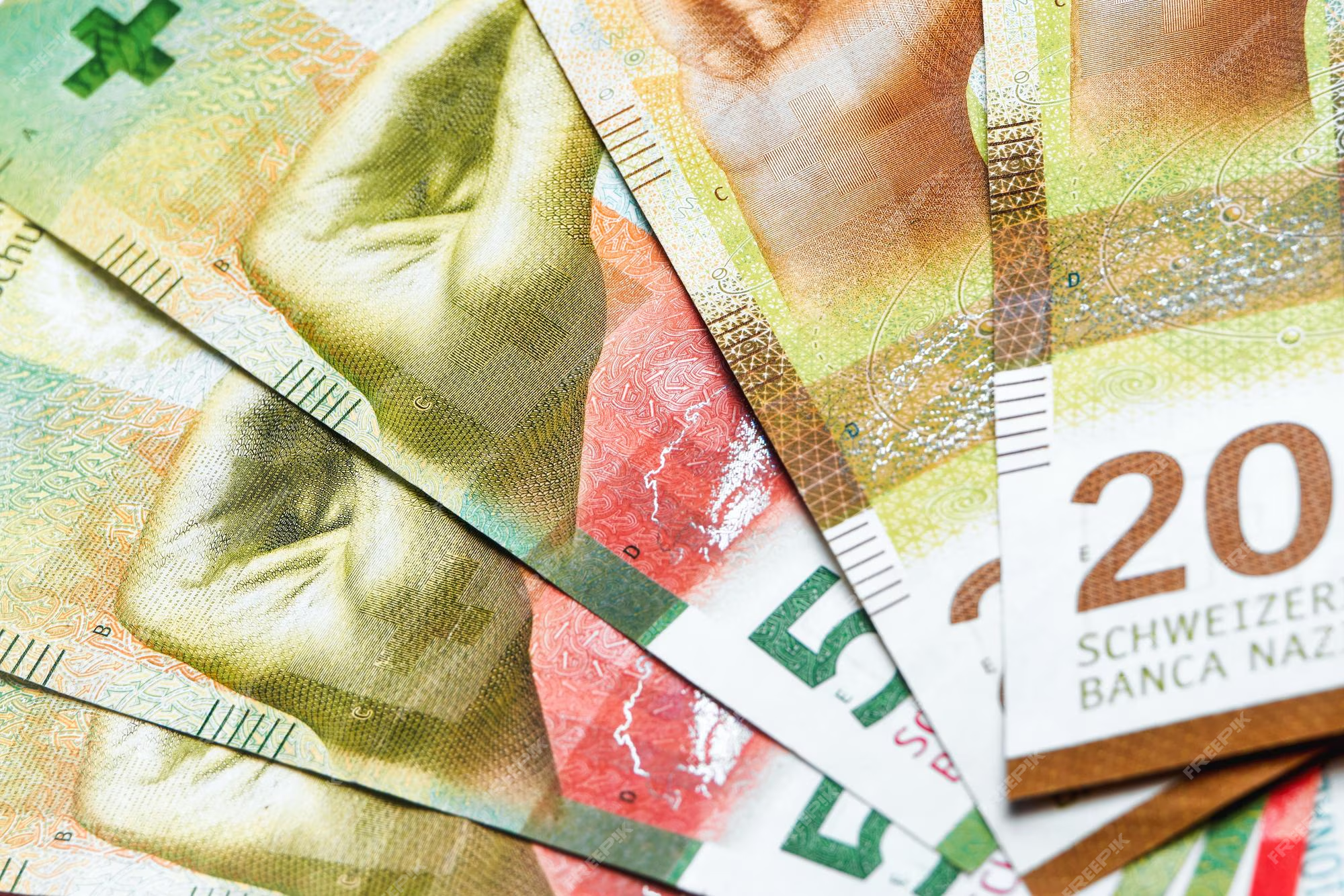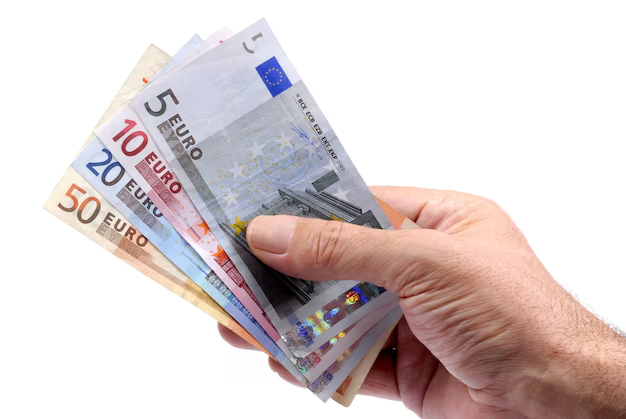USD/CHF Remains Near 0.7950 as Swiss Franc Strengthens with Rate Pause Speculation and Safe-Haven Demand
USD/CHF currency pair remains steady near 0.7950 in Thursday’s European session after bouncing back from two consecutive losses. Further improvement, however, seems to be restricted with the Swiss Franc strengthening on dwindling hopes for more rate cuts by the Swiss National Bank (SNB). The latest increase in Switzerland’s CPI returned inflation into the SNB’s 0–2% target band, allowing analysts to forecast a rate hold until 2026. In the meantime, safe-haven appetite for the CHF is increasing as well, driven by increasing global trade tensions following former President Trump’s suggested tariffs. On the other hand, the US Dollar is pressured by dovish Federal Reserve cues and intensifying economic uncertainty. KEY LOOKOUTS • The markets generally foresee the Swiss National Bank maintaining interest rates unchanged at 0% in September, with no additional cuts expected as inflation comes back into play. • Escalating geopolitical and trade tensions, particularly in the wake of Trump’s tariff suggestions, are driving demand for the Swiss Franc as a safe-haven currency. • Policy guidance from the Federal Reserve remains uncertain, as reflected in the latest FOMC Minutes, weighing on the US Dollar. • US Initial Jobless Claims will be watched closely by traders for additional cues on the status of the labor market and possible Fed responses. USD/CHF pair trades around 0.7950, holding onto recent gains but resisting pressures in the face of rising demand for the Swiss Franc. The currency enjoys support through renewed optimism over Switzerland’s inflation outlook as June’s CPI numbers reversed an earlier drop and returned inflation into the SNB’s target zone. Consequently, the Swiss National Bank is likely to keep its policy rate unchanged at 0%, lowering the odds of additional rate reductions. In contrast, overall risk sentiment supports safe-haven flows into the Franc, especially given heightened geopolitical threats and renewed tariff threats from former President Trump that fuel worries over global growth. The US Dollar, however, is pressured by uncertainty as to what the next move will be from the Fed, as captured in the most recent FOMC Meeting Minutes. USD/CHF stays firm at around 0.7950 but has limited upside due to the strengthening Swiss Franc. Rebounding Swiss inflation and safe-haven demand underpin the CHF, while uncertainty from Fed policy burdens the US Dollar. • USD/CHF is around 0.7950, rebounding from recent falls but showing little upside enthusiasm. • Swiss CPI increased 0.1% YoY in June, reversing last month’s fall and remaining within the SNB’s 0–2% target range. • SNB set to maintain rates at 0% in September with no additional cuts anticipated until 2026. • CHF safe-haven demand grows as global trade tensions and geopolitical uncertainty continue. • Trump imposes fresh tariffs, 50% on Brazil and 30% on Algeria, Libya, Iraq, and Sri Lanka. • FOMC Minutes indicate uncertainty regarding the Fed’s policy direction and inflation expectations. • US Dollar Index (DXY) declines, trading at around 97.30, weighed down by Fed uncertainty and increasing trade risks. The USD/CHF currency pair is making waves as global economic and geopolitical considerations influence market sentiment. The Swiss Franc is experiencing renewed strength as a result of better local inflation numbers, with the June CPI increasing 0.1% year-on-year. The move has pushed inflation back into the Swiss National Bank’s (SNB) target band, leading analysts to believe that the monetary policy adjustments will be on hold for an extended period. Consequently, hopes of additional interest rate cuts have eased, further boosting confidence in the Swiss economy and currency. USD/CHF DAILY PRICE CHART SOURCE: TradingView Simultaneously, overall uncertainty keeps investor appetite for traditional safe-havens such as the Swiss Franc strong. Newly proposed tariffs by former President Donald Trump on some countries have revived concerns of a worldwide trade deceleration. This has further weighed on the US Dollar, particularly with the policy stance of the Federal Reserve still uncertain. The most recent FOMC Meeting Minutes show disagreement among policymakers over inflation concerns and upcoming rate decisions, which keeps the market wary of the USD’s short-term outlook. TECHNICAL ANALYSIS USD/CHF is consolidating around the 0.7950 mark following a brief recovery from fresh lows. The pair has key resistance around the 0.7980–0.8000 mark, where selling can come in if the upward momentum loses its strength. Support comes in at initial levels around the 0.7900 area, followed by more robust support near 0.7870. Momentum indicators such as RSI indicate neutral directions, and range-bound movement in the near term unless there is a clear breakout or breakdown. FORECAST Should bullish sentiment resume, USD/CHF may try to break above the 0.7980–0.8000 resistance area. A breakout above this level may set the stage for a retest of the 0.8050 level, particularly if future US economic data surprises higher or if risk sentiment swings towards the US Dollar. Any comments from Fed officials that could be seen as hawkish or better-than-expected labor market data could also feed the upside. On the negative side, a breakdown below 0.7950 may result in a further downfall towards the 0.7900 psychological level. A break below this support may invoke some more selling, which may drive the pair down to 0.7870 or even 0.7830. Deteriorating US data, rising safe-haven demand for the Swiss Franc, or rising geopolitical tensions may drive the bearish pressure towards the pair.











